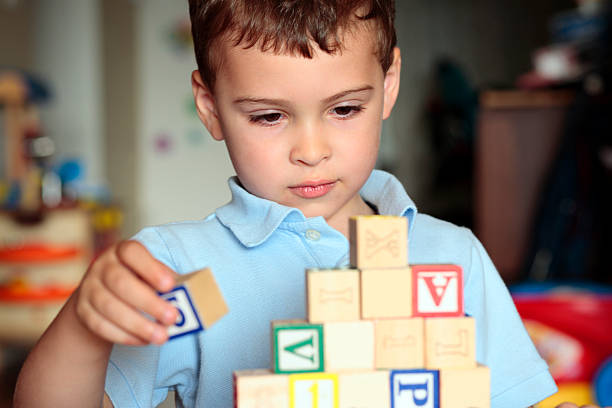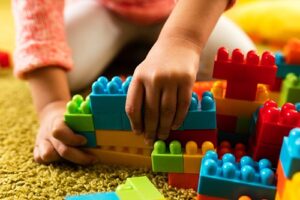
Signs of autism in children
Examples of social communication and social interaction characteristics related to ASD can include.
Restricted or Repetitive Behaviors or Interests
People with ASD have behaviors or interests that can seem unusual. These behaviors or interests set ASD apart from conditions defined by problems with social communication and interaction only.
Examples of restricted or repetitive behaviors and interests related to ASD can include

Treatment
Current treatments for ASD seek to reduce symptoms that interfere with daily functioning and quality of life. ASD affects each person differently, meaning that people with ASD have unique strengths and challenges and different treatment needs. plans usually involve multiple professionals and are catered to the individual.
Risk Factors
Although we know little about specific causes, the available evidence suggests that the following may put children at greater risk for developing ASD:
At BHPS, we focus on the risk factors, patterns of behavior and response to medications. Call us today and find out how we can help.

At BHPS, we thrive to restore our patients lost hope. We dedicate our services to uncovering and healing the unseen. We help our patients overcome mental health and medical health challenges.
©Copyright 2024. All Rights Reserved. Rometheme